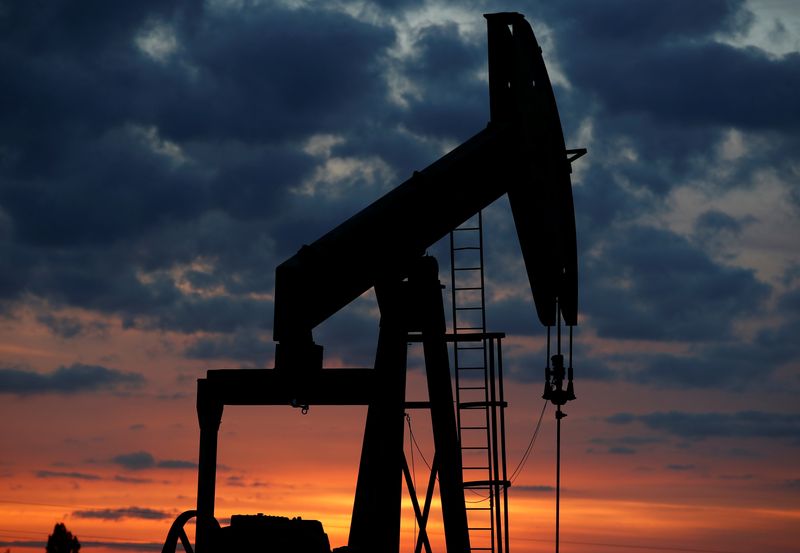By Nicole Jao
NEW YORK (Reuters) -Oil prices fell on Friday as investors weighed weak U.S. fuel demand and took some money off the table at quarter-end, while key inflation data for May boosted the chances the Federal Reserve will start to cut interest rates this year.
Brent crude futures for August settlement, which expired on Friday, settled up 2 cents at $86.41 a barrel. The more liquid September contract fell 0.3% to $85 a barrel.
U.S. West Texas Intermediate (WTI) crude futures settled 20 cents lower, or 0.24%, to $81.54.
For the week, Brent rose 0.02% while WTI futures posted a 0.2% loss. Both benchmarks gained around 6% for the month.
While U.S. oil production and demand rose to a four-month high in April, demand for gasoline fell to 8.83 million barrels per day, its lowest since February, according to the Energy Information Administration's Petroleum Supply Monthly report published on Friday.
"The monthly report from the EIA suggested the gasoline demand was pretty poor," said Phil Flynn, analyst at Price Futures Group. "Those numbers didn't really inspire more buying."
Analysts said some traders took profits at the end of the second quarter after prices rallied earlier this month.
The U.S. personal consumption expenditures (PCE) price index, the Fed's preferred inflation gauge, was flat in May, lifting hopes for rate cuts in September.
Still, the reaction in financial markets was minimal. For oil traders, the release passed unnoticed, said Charalampos Pissouros, senior investment analyst at brokerage XM.
Growing expectations of a Fed easing cycle have sparked a risk rally across stock markets. Traders are now pricing in a 64% chance of a first rate cut in September, up from 50% a month ago, according to the CME FedWatch tool.
Easing interest rates could be a boon for oil because it could increase demand from consumers.
"Oil prices have been converging with our fair value estimates recently, revealing the underlying strength in fundamentals through a clearing in the fog of war," Barclays (LON:BARC) analyst Amarpreet Singh wrote in a client note.
Barclays expects Brent crude to remain around $90 a barrel over the coming months.
Oil prices might not change much in the second half of 2024, with concern over Chinese demand and the prospect of higher supply from key producers countering geopolitical risks, a Reuters poll indicated on Friday.
Brent crude is expected to average $83.93 a barrel in 2024 with U.S. crude averaging $79.72, the poll found.

The U.S. active oil rig count, an early indicator of future output, fell by six to 479 this week, the lowest level since December 2021, energy services firm Baker Hughes said.
Money managers raised their net long U.S. crude futures and options positions in the week to June 25, the U.S. Commodity Futures Trading Commission (CFTC) said.